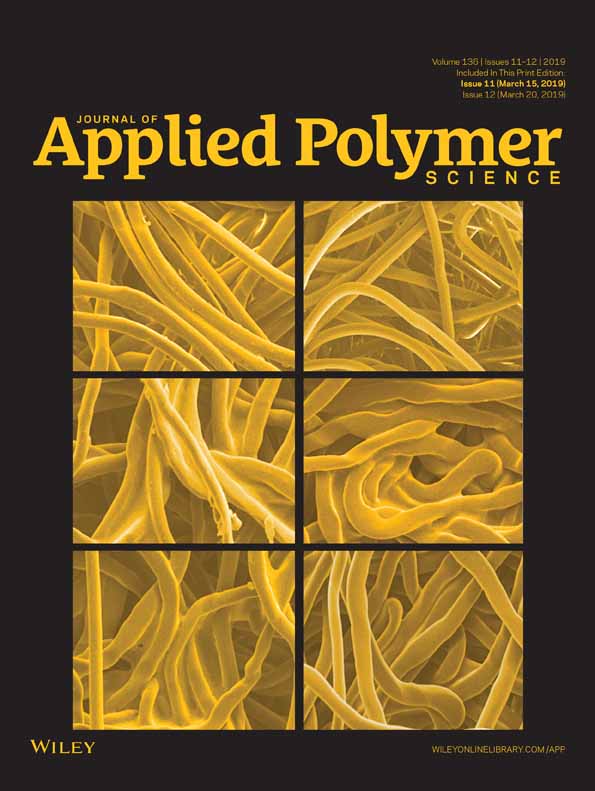A new use for glassy carbon: Development of LDPE/glassy carbon composites for antistatic packaging applications
ABSTRACT
Antistatic packaging is used for the protection and storage of electronic boards and sensitive electronic components. Different polyolefins can be used for the production of antistatic packaging; however, the accumulation of static electricity in these polyolefins may cause serious damage to the electronic components. In this study, since glassy carbon (GC) has good mechanical properties and electrical characteristics, it was used as an antistatic filler and blended with low-density polyethylene (LDPE). Composites of LDPE with GC in different proportions were prepared in the molten state using a homogenizer rotating at 3000 rpm. The composites were characterized in terms of thermal, mechanical, structural, and electrical properties. The GC is well dispersed and distributed in the LDPE, which contributed to the formation of a percolated network that enhanced antistatic characteristic. An increase of two orders of magnitudes in the electrical conductivity was obtained for the composite with 0.5 wt % of GC and thus it can be used as antistatic packaging. © 2018 Wiley Periodicals, Inc. J. Appl. Polym. Sci. 2019, 136, 47204.




